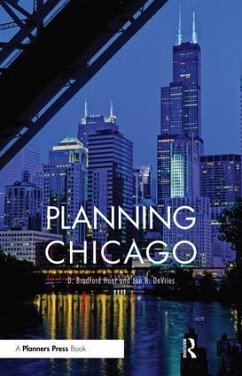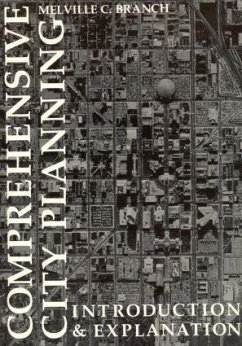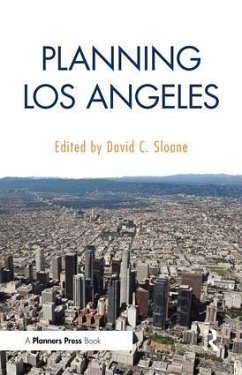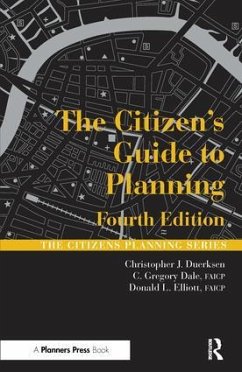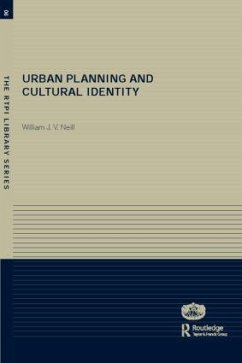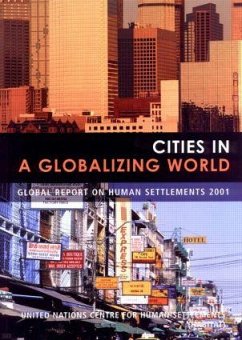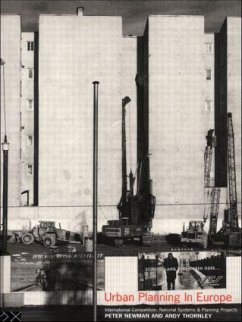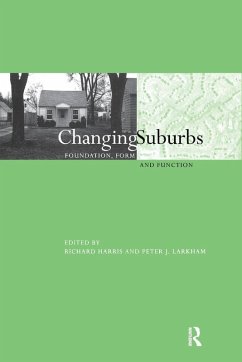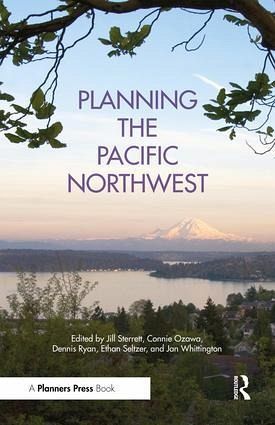
Planning the Pacific Northwest
Versandkostenfrei!
Versandfertig in über 4 Wochen

PAYBACK Punkte
22 °P sammeln!




The Pacific Northwest is green to the extreme. Trace the path from forests and fish to bikes and brews as Planning the Pacific Northwest continues the APA Planners Press series on how planning shapes major American cities.
Jill Sterrett, FAICP, is an affiliate instructor with the Department of Urban Design and Planning at the University of Washington. She is principal of Sterrett Consulting, LLC. Connie Ozawa is director of and professor in the School of Urban Studies and Planning at Portland State University. She also directs the PSU-China Innovations in Urbanization Program. Dennis Ryan was the founding director of the Urban Design Program at the University of Washington. He continues to teach part time and practices environmental design in the San Juan Islands. Ethan Seltzer is a professor in the School of Urban Studies and Planning at Portland State University, which he earlier directed. He also was the founding director of Portland State University's Institute of Portland Metropolitan Studies. Jan Whittington is an assistant professor of urban design and planning, as well as the associate director of the Center for Information Assurance and Cybersecurity, at the University of Washington.
Produktdetails
- Verlag: Taylor & Francis
- Seitenzahl: 392
- Erscheinungstermin: 31. März 2015
- Englisch
- Abmessung: 218mm x 140mm x 18mm
- Gewicht: 544g
- ISBN-13: 9781611901283
- ISBN-10: 1611901286
- Artikelnr.: 41562296
Herstellerkennzeichnung
Libri GmbH
Europaallee 1
36244 Bad Hersfeld
gpsr@libri.de
Für dieses Produkt wurde noch keine Bewertung abgegeben. Wir würden uns sehr freuen, wenn du die erste Bewertung schreibst!
Eine Bewertung schreiben
Eine Bewertung schreiben
Andere Kunden interessierten sich für


